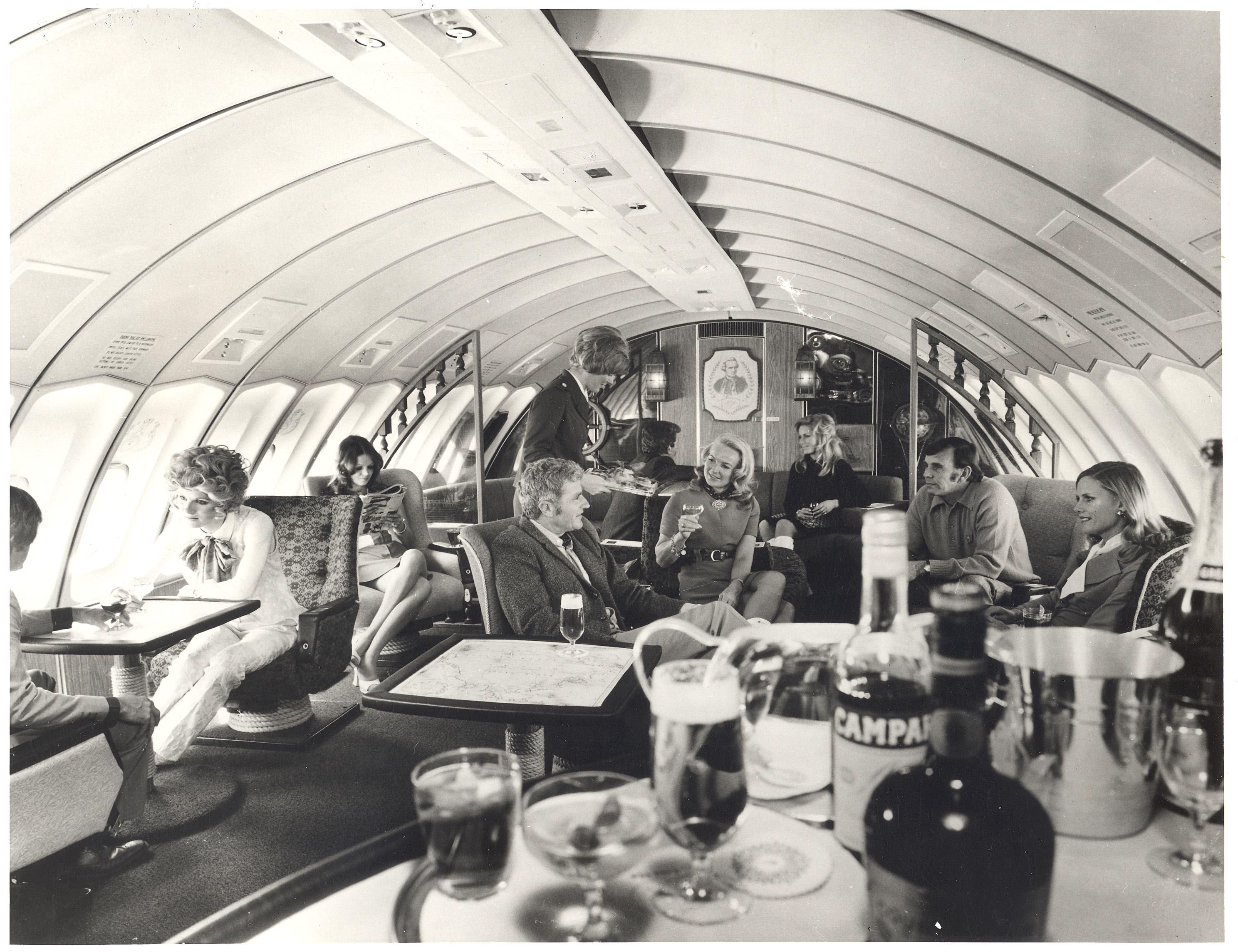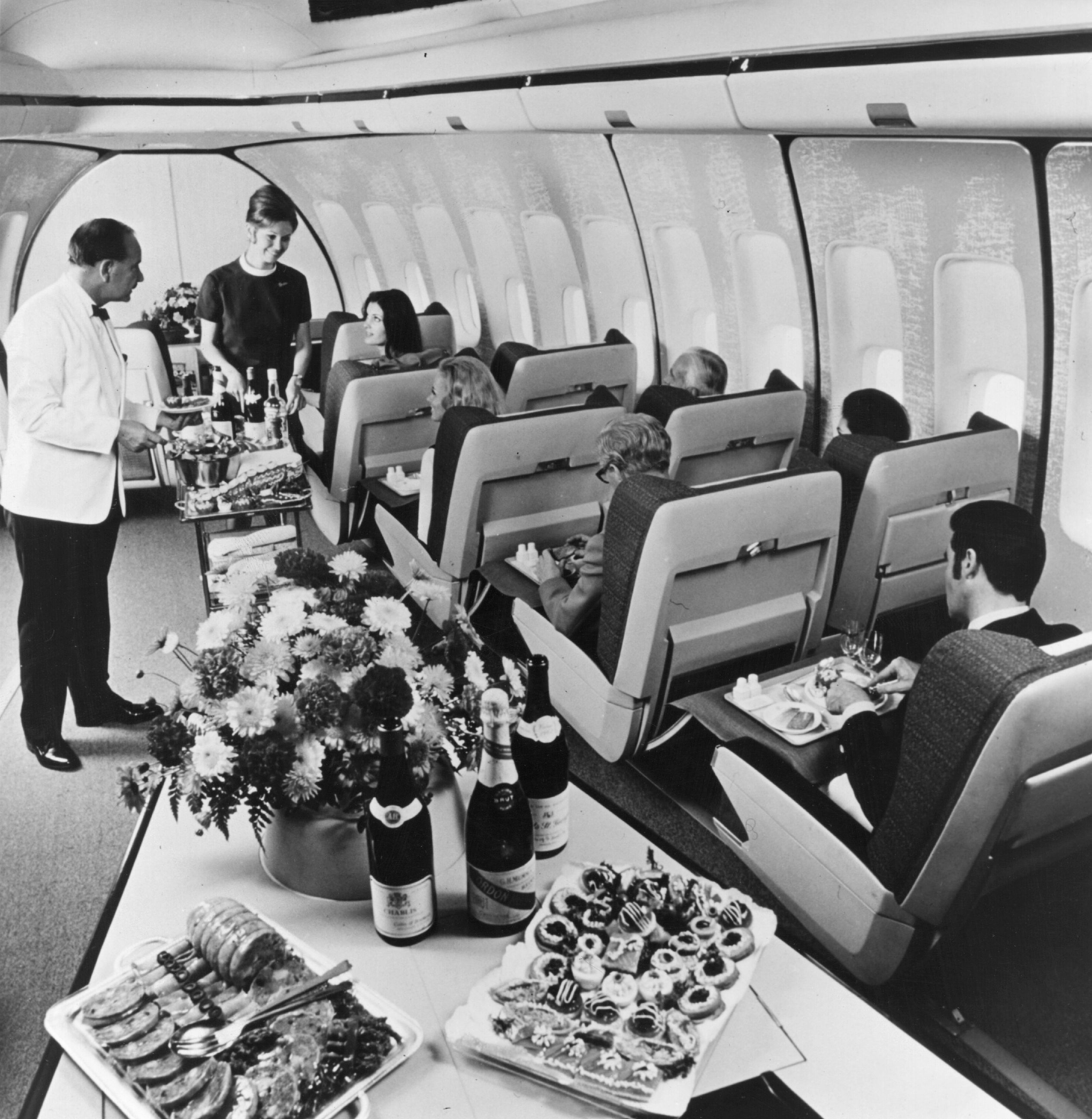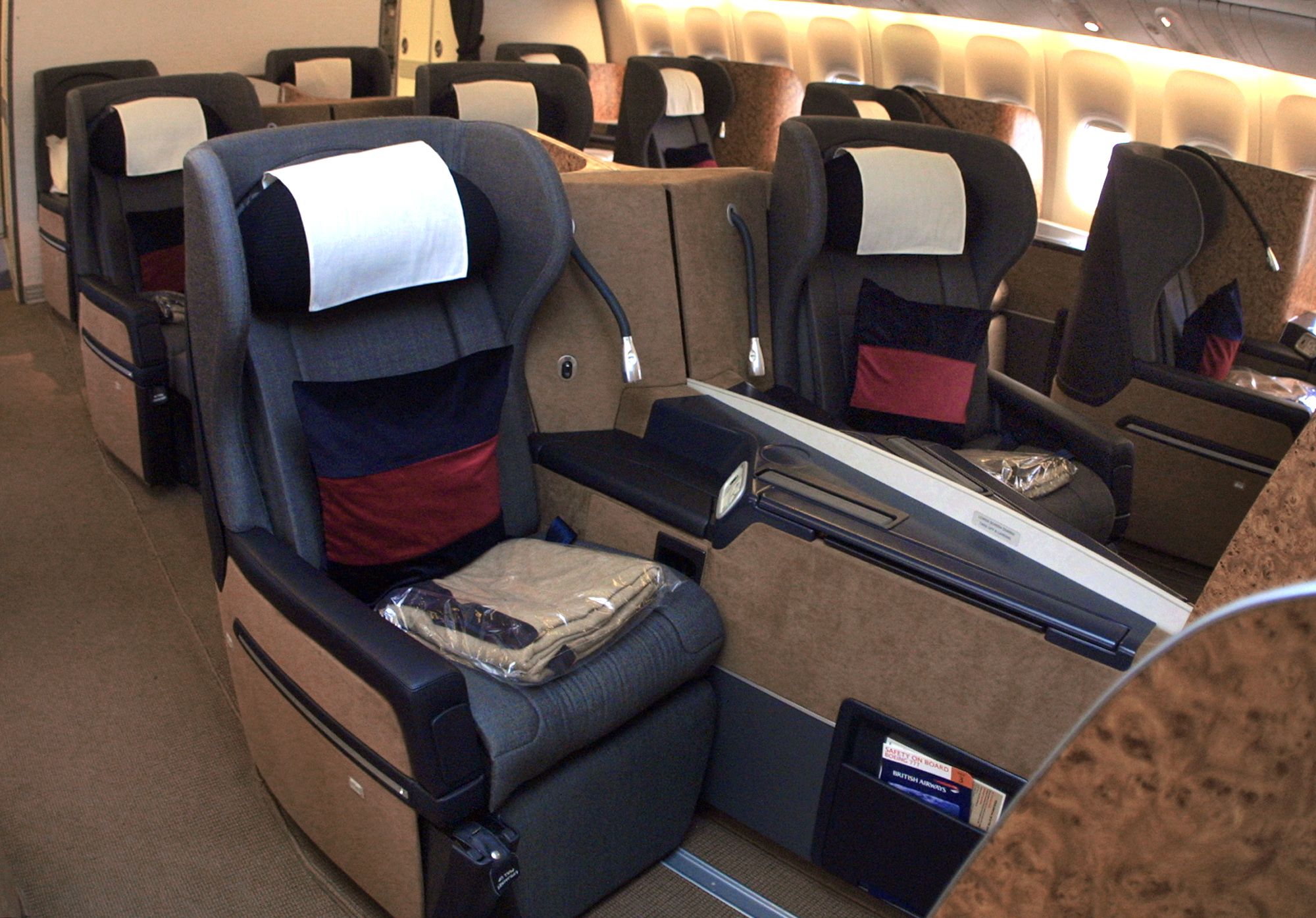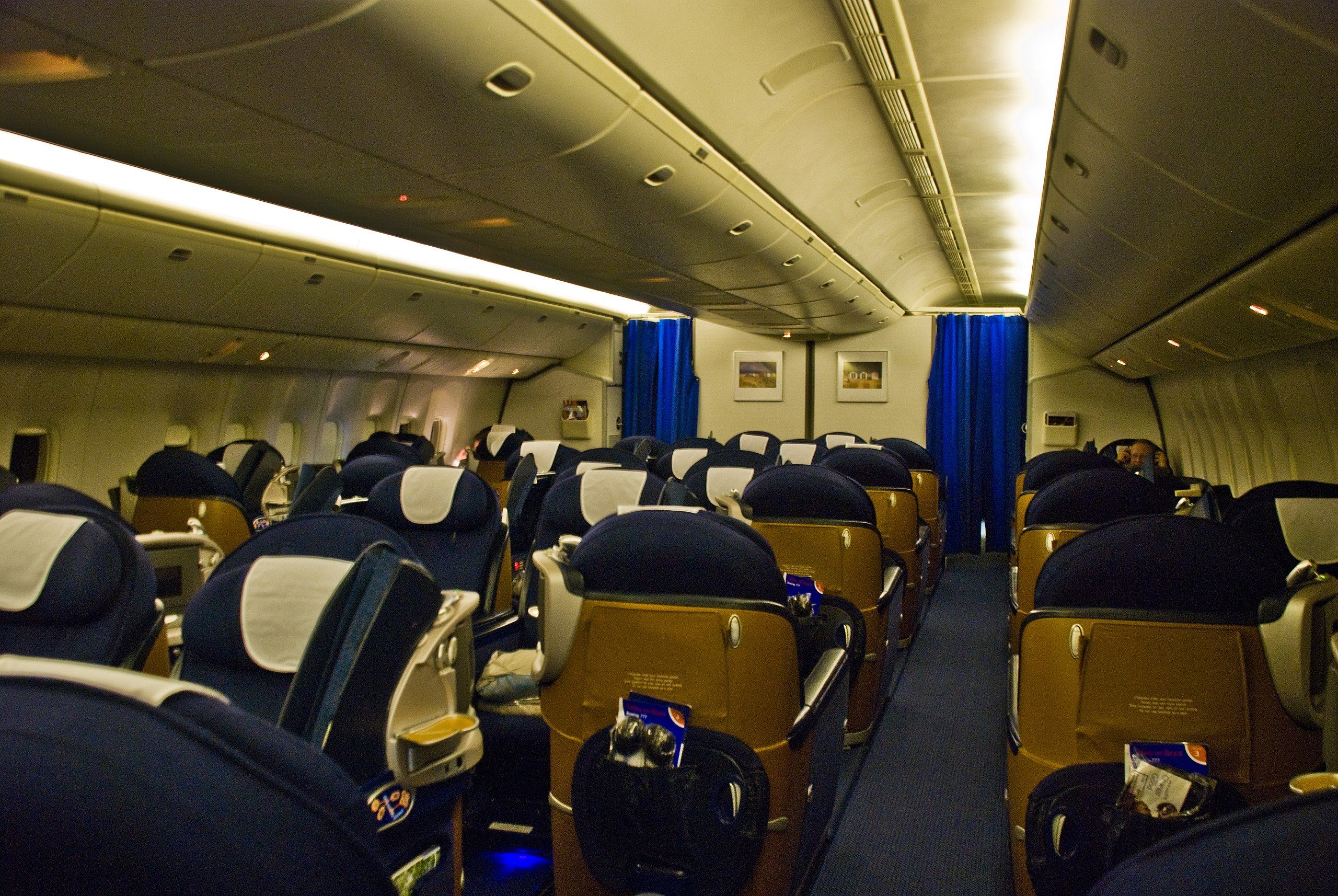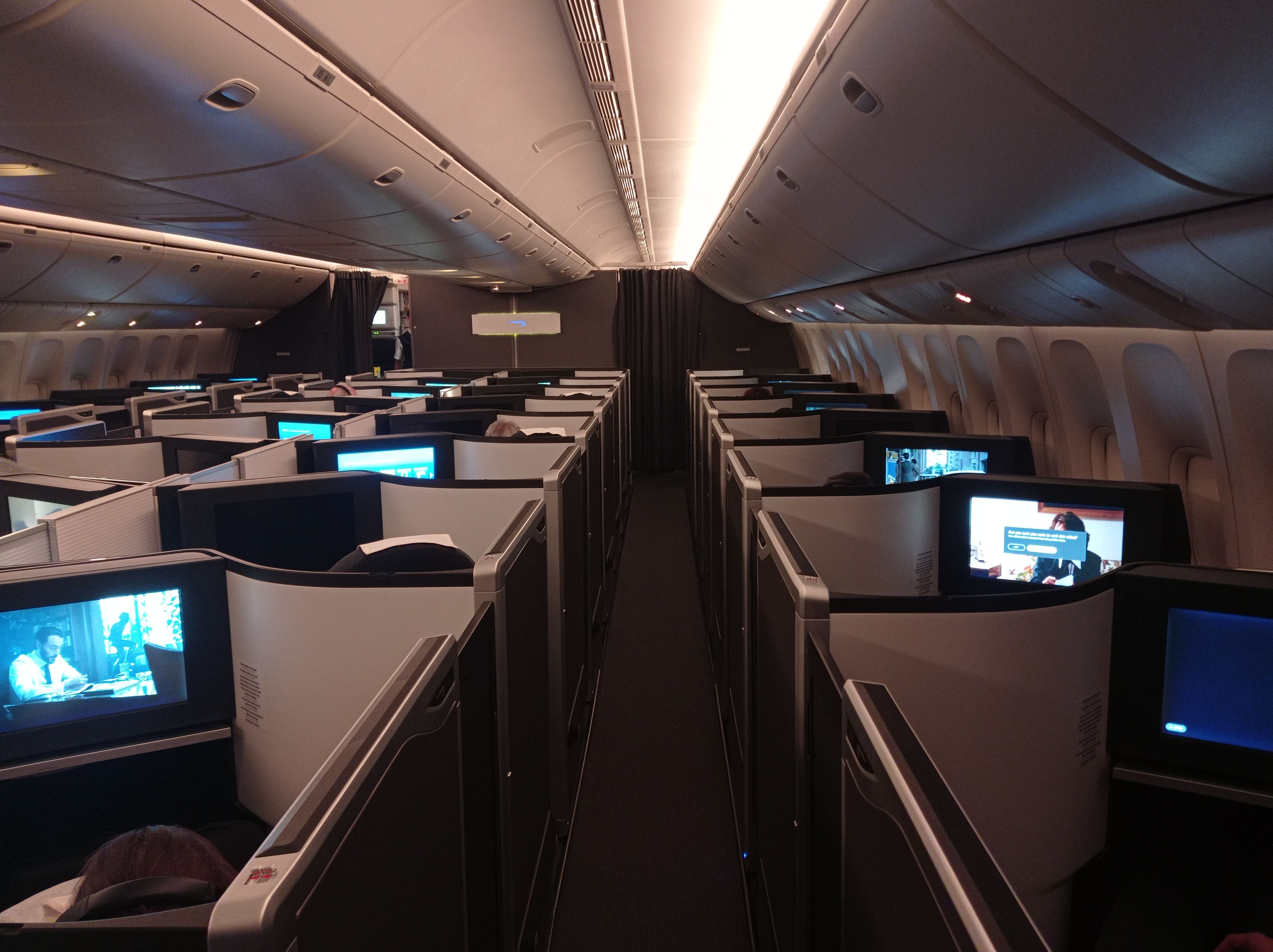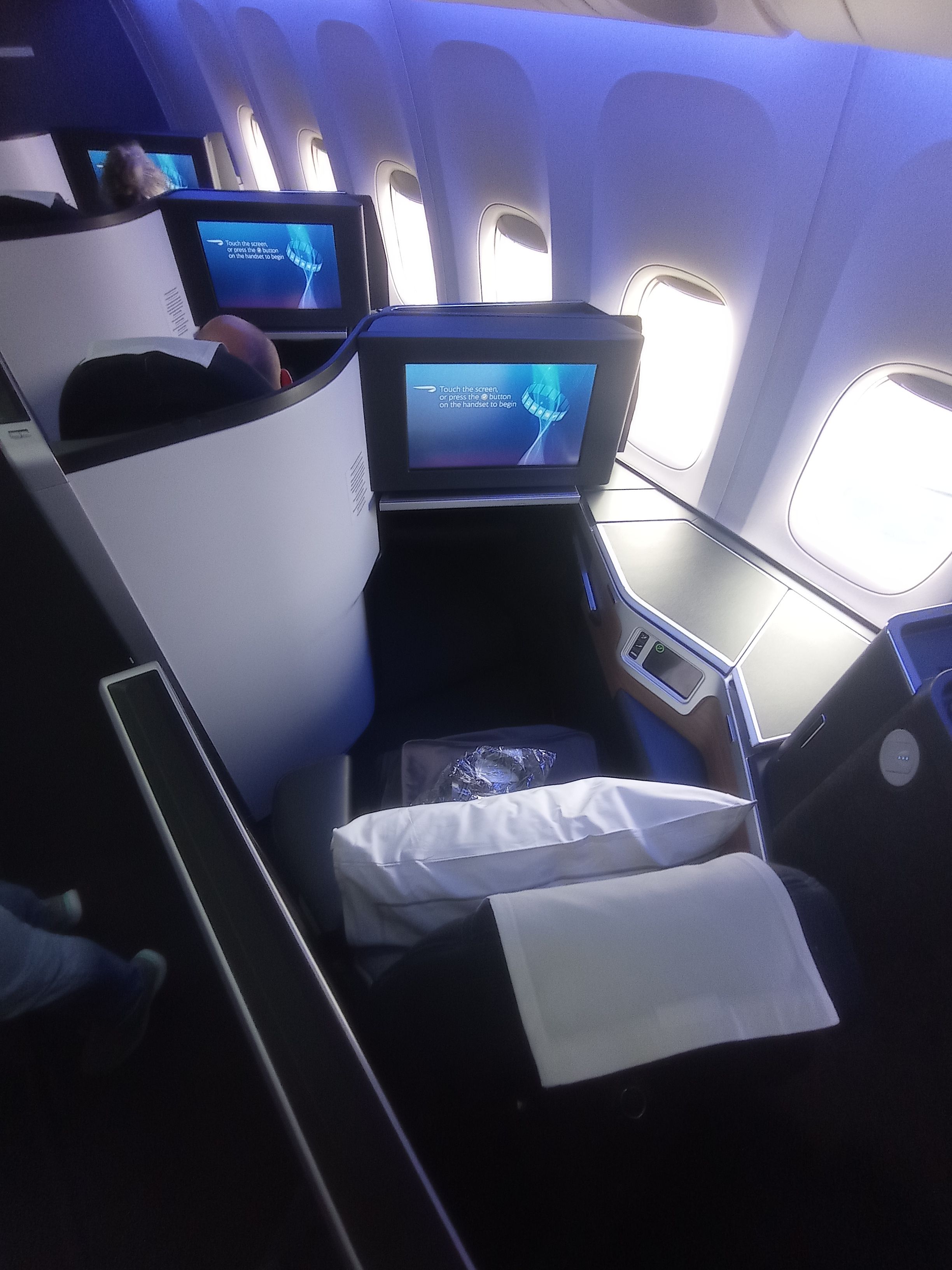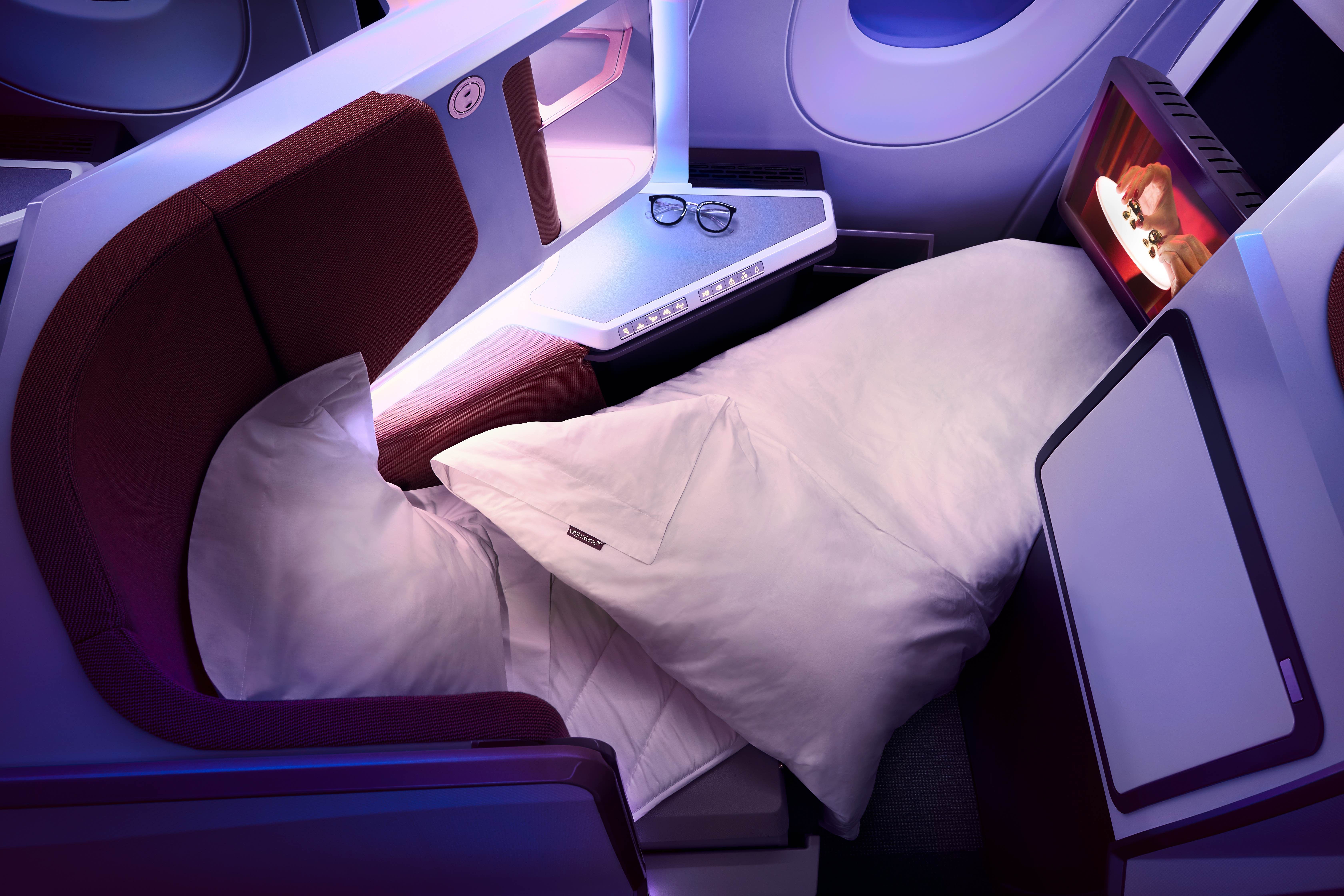The flat bed in long-haul business and first class cabins is now taken for granted. Most airlines offer this, and have for some time. Layout and quality differ, of course, but the ability to lie flat (or almost flat in some cases) is certainly now the norm. This has not always been the case, and the current trend only really started around the year 2000.
Early onboard luxury
It is often quoted that British Airways was the first airline to introduce a lie flat beds onboard the aircraft. This is only partly true. It was the first major airline to introduce a regular lie-flat seat product with widespread availability. There are much earlier examples, however, of beds and sleeping facilities onboard.
Going back to the early days of aviation before the Second World War, flying boats show this early luxury well. The Boeing 314 flying boat, for example, operated the Pan American World Airways Clipper services. This had armchair-style seating in several compartments, which could be converted to beds for overnight services.
The Douglas DC-3 is another early example. While most airlines operated this with around 28 seats on day services, there was an early version with sleeper seats. The Douglas Sleeper Transport (or DST) was launched in 1935 with American Airlines. Seats on the DST converted into 14 berths, and it was used with several stops on US transcontinental services.
The increase in passengers and shift to land-based aircraft after the war brought changes in facilities and onboard space. The economy class concept took off, and increasing passenger numbers changed the economics of flying.
Moving to today's cabin concept
A separate first class section soon appeared with many airlines. TWA was one of the first airlines to offer this, installing separate first and economy cabins in 1955. This differentiation offered more space and better service, but not typically the lounges, beds, and other luxuries that were seen before. Regulated airfares in the US at this time certainly did not help class development.
With larger jet aircraft and more frequent travelers, this differentiation increased. The Boeing 747 really started to allow airlines to offer more in the 1970s. We saw the return of lounge space onboard (such as the excellent Qantas Captain Cook upper deck lounge).
Airlines used the extra space for bars, restaurants, table seating, and even pianos. We still did not see flat beds, though - nor did passengers expect them!
There was some experimentation, however. On the Boeing 747, Singapore Airlines had lounges seats that could be converted to beds for overnight use. There were flat beds too on the Soviet Tupolev Tu-114 from the 1960s. Aeroflot configured the aircraft with first class cabins that offered bunk beds for overnight flights.
British Airways and the flat bed
Whilst there had been earlier examples, British Airways was the first major airline to introduce a lie-flat seat (as we know today) in a fixed cabin. It did this in first class initially. The airline had experimented with a new first class product, known as "SleeperSeat" since the 1980s. This was a standard seat, but with significantly more recline (not yet a true lie-flat product). It introduced the fully lie-flat seat in first class in 1995. Other airlines followed, but the products remained an exclusive first class experience.
It was British Airways once again that took the concept further, introducing lie-flat seats into the business class cabin in 2000, with a new Club World branded business class service. This was groundbreaking at the time, with a new design that allowed a higher-capacity cabin that was still economical. It did this with a lie-flat seat arranged 2-4-2 across the cabin in a forward/reverse "yin-yang" layout.
This cabin layout remains today with British Airways, although now very outdated compared to other seats. British Airways has launched the new Club Suite to replace it, but the old style will remain on some aircraft for many years.
Many differences, but also similarities in business products
Of course, the availability of flat beds in business and first class has exploded over the last 20 years. There are few airlines now that would try and offer a widebody long-haul business cabin without it (although there are plenty of medium-haul cabins without, and ever-increasing flight lengths).
British Airways seats may have really stood out 20 years ago, but it is harder to make a difference now. Service levels differ, but many seats appear similar. This is not surprising, as most airlines purchase the same seat products from a few manufacturers. They may make some minor modifications, though, and brand the seat differently.
For example, British Airways' new Club Suite seat is the Super Diamond seat from Collins Aerospace, modified to include a suite door. Qatar Airways uses the same seat on its Airbus A350 and Boeing 787 aircraft. In Asia, Hong Kong Airlines, Hainan Airlines, China Airlines, and Air China all use the Super Diamond as well.
The Cirrus seat is another popular product from the manufacturer Zodiac (since acquired by Safran Seats). The seat is arranged in an angled 1-2-1 design, with some airlines using them all forward-facing and others opting for an alternating forward / backward design (known as reverse herringbone). This is used by many airlines - including American Airlines for its business product on the Boeing 777 and first class on the A321T domestic service, Virgin Atlantic for the new A350 Upper Class product, Air France, Finnair, and KLM.
It's amazing to think that just over 20 years ago, lie-flat products were relatively rare. British Airways is to be credited for introducing them to mainline service, but of course, they are now extremely widespread. Feel free to discuss your favorite current seats further in the comments or share your memories of past products.

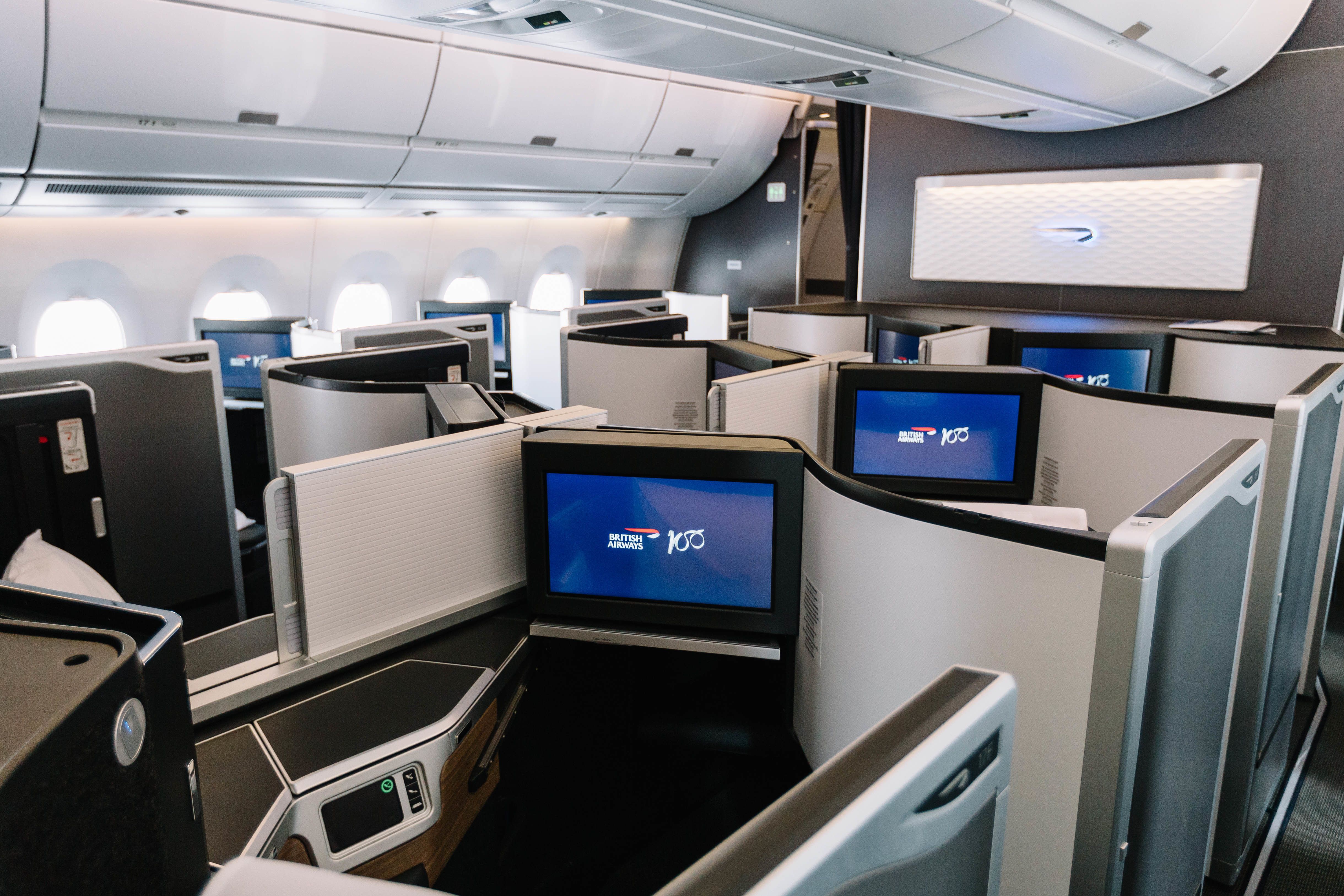
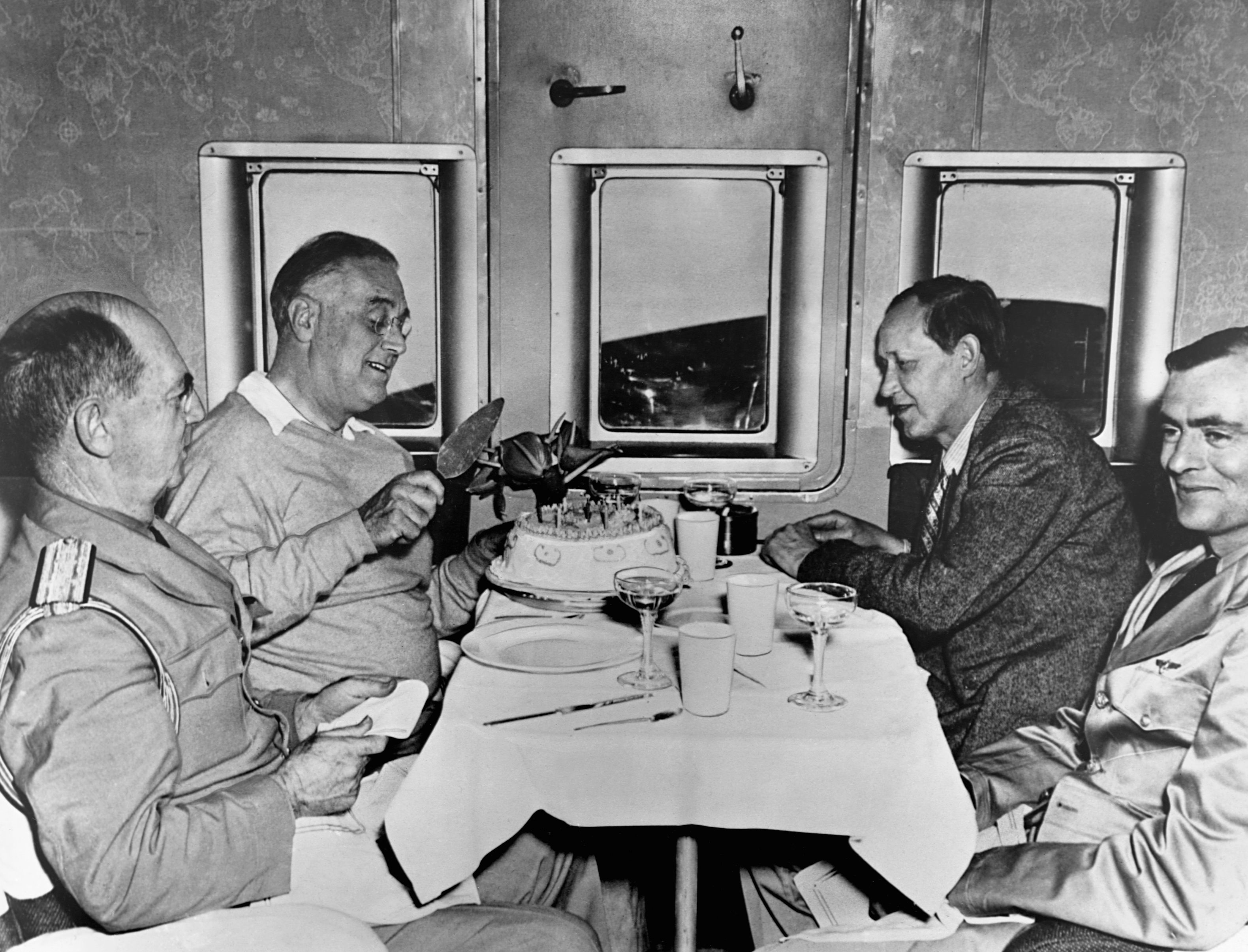
.jpg)
